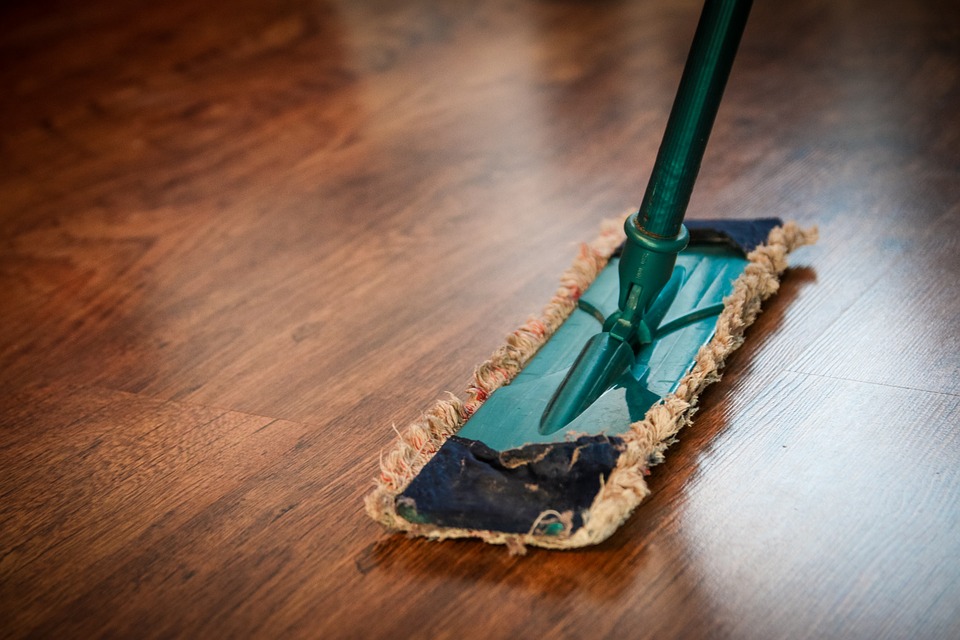We all want the best for our kids, especially when it comes to their health. But feeding your kids healthy food is only one step- there are health hazards throughout our homes that we often forget about.
Young children, especially those aged under 5, spend a lot of time indoors at home. Do you think about the health hazards in your home that you expose your children to?
When we think about health, we need to think about our water and air quality, chemicals we expose our children to and electromagnetic radiation.
We’ve created a list of the top 5 health hazards in the home that we expose our children to, and how you can reduce the impact of these hazards or eliminate them entirely.
How Our Homes Could Be Making Our Kids Sick
(and what we can do about it)
1. Water quality
Did you know that there could be up to 1000 different contaminants in your drinking water? From heavy metals to fluoride, bacteria and even cysts. The process of getting water from reservoirs to your tap at home involves filtration and also adding disinfectants. Unfortunately, not everything can be removed.The best way to reduce or eliminate most of these contaminants is through using a water filter such as the ones we have reviewed in THIS POST.
There are different water filters on the market– some that can remove fluoride from drinking water while others are basic filters that just remove common contaminants and particles, making your water taste better and is better for you.
2. Air quality
During the colder months, the air inside our homes becomes drier. Dry air causes dry skin, dry coughs and other respiratory problems, and nose bleeds. By using a humidifier, you can add moisture to the air in your home and eliminate the problems. There are different types and sizes of humidifiers. We have written a post HERE about the best humidifiers for babies and children.
You can also have the opposite problem with too much moisture in the air. Humidity in your bathroom, laundry, basement and crawl spaces can lead to mold growth which causes respiratory problems and allergy issues. The best way to overcome this is to use a dehumidifier in your bathroom. You can also try out other tips and suggestions for reducing the humidity in your bathroom, including using bathroom plants that absorb moisture.
Make sure that you also remove any mold in your bathroom as a result of humidity levels. Bathroom mold is found on bathroom ceilings. You can use natural cleaning products to remove bathroom mold.

3. Cleaning Chemicals
We’ve been taught to clean our homes until they are completely free of germs and bacteria. Just watch any TV advertisement for a cleaning product- fear of germs has been drummed into our psyche. In fact, we now over-clean our homes and stop our bodies being exposed to bacteria that can be beneficial to our immune systems. This leads to a weaker immune system, which means more colds, flus and viruses. And this often leads people to using more antibiotics, which further exacerbates the problem.
Not only are we not exposing our bodies to beneficial germs and bacteria, we are cleaning them with chemicals that damage our bodies.
There are many safer and healthier cleaning alternatives that are better for our bodies and better for the environment- why not use vinegar?
We’ve written a blog about natural products to remove bathroom mold– most of these you would already have in your pantry!
4. Wi-Fi and EMFs
EMFs (short for electromagnetic fields) are all around us: at home, work and school, thanks to the abundance of electrical devices and wi-fi. But did you know that EMFs can have an impact on our health and wellbeing?
The World Health Organization (WHO) states that our bodies are affected by EMFs because our own bodies have their own electric and biochemical responses. EMFs around us interfere with our bodies’ own processes. This can lead to people experiencing health problems such as headaches, dizziness, fatigue, sleep issues, skin problems, infertility and many others.
But what can be done to minimise the impact of EMFs on our bodies?
Some suggestions including switching your wi-fi off at night, not using a cordless phone and using an ionizer. It’s also recommended that you find out about the radiation levels emitted from different devices prior to purchasing them, and choosing a better and healthier option.
5. Lack of Nature
We all know how important it is to get our kids outside in the fresh air, but how often do we really think about the impact of not doing this?
We talk about making our kids “switch off” from technology because of the negative effects of overexposing our kids to computers and television. But there are also negative health benefits if we don’t expose our children to nature.
The world around us provides us with many natural ways to improve our health- walking barefoot on ground, also known as earthing or grounding (which you can read all about in THIS POST), swimming at the beach, or even walking outside after an electrical storm. The earth provides us with much-needed energy that we need to connect with on a regular basis. So make sure your kids are getting outside and connecting with nature.
Also bring nature inside by adding indoor plants around your home that help with air quality. Here are some great indoor bathroom plants that absorb moisture and reduce mold in your bathroom.
Our homes can be a great source of health and well-being if we pay attention to the potential hazards that we’ve shared with you. This will give our kids a great start to life and ensure that they experience the best health outcomes throughout their lives.
What do you do to make your home a safer and healthier environment for your children? Please leave your suggestions in the comment box below.

